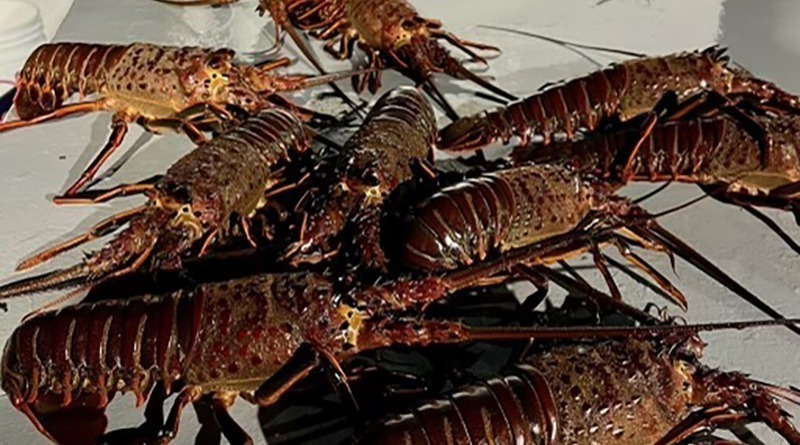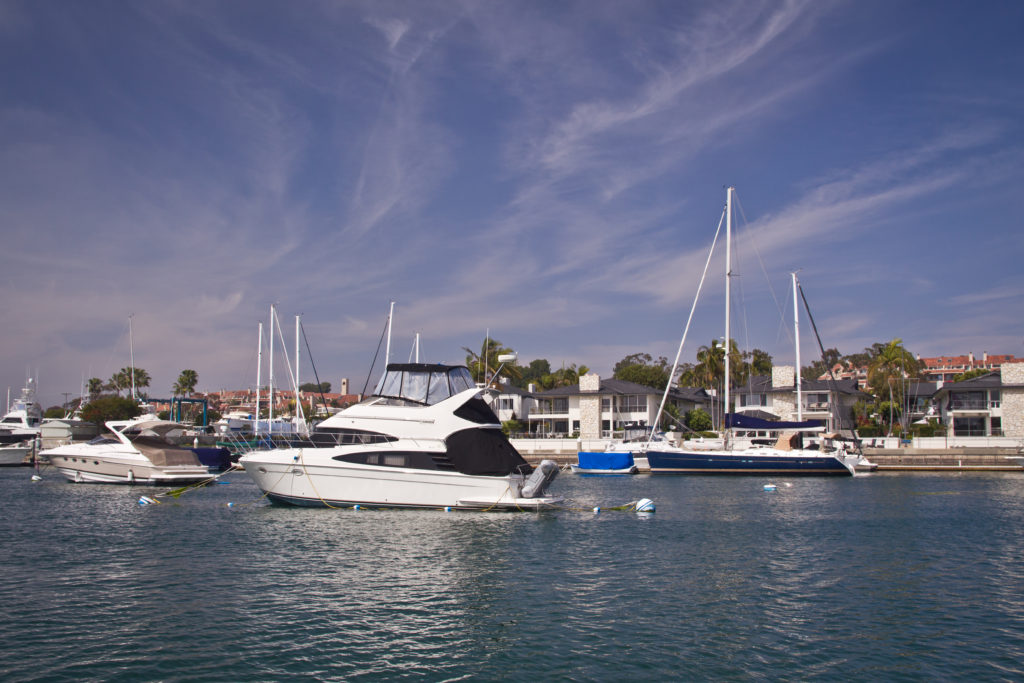If recreational boaters have an emergency while crossing 300 n.m. between Los Cabos and Puerto Vallarta, they can now seek help from the Mexican Navy’s ENSAR (Naval Air Squadron for Search & Rescue) group located at Puerto Balleto on Isla Maria Madre.
This Search & Rescue group constantly monitors VHF 16 and 22, and the small emergency harbor of Puerto Balleto on the east side of Isla Maria Madre is located at GPS 21°38.157’N by 106°32.237’W. That’s about 200 n.m. southeast of Los Cabos and about 90 n.m. northwest of Puerto Vallarta, i.e. almost on the rhomb line between these two popular boating destinations.
Two excellent charts are MX41100 of the four Isla Maria Madre and Proximities, with all four islands and off-lying hazards, and MX41110 of Puerto Balleto where we find the Navy pier and emergency anchorage. Both charts are GPS accurate, published in 2022.
VISIT TO PUERTO BALLETO
In early April, I visited Puerto Balleto with a special group of 200 eclipse tourists who arrived by 20-knot fast ferries from Mazatlan and San Blas, operated by the Mexican Navy. For details, visit http://visitaislasmarias.com.mx
While there, I was pleased to be able to interview Lt. Commander Juan Carlos Silva Sam of the Mexican Navy, who...







